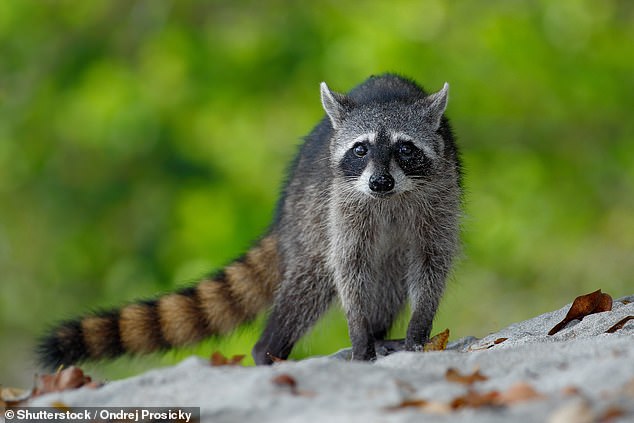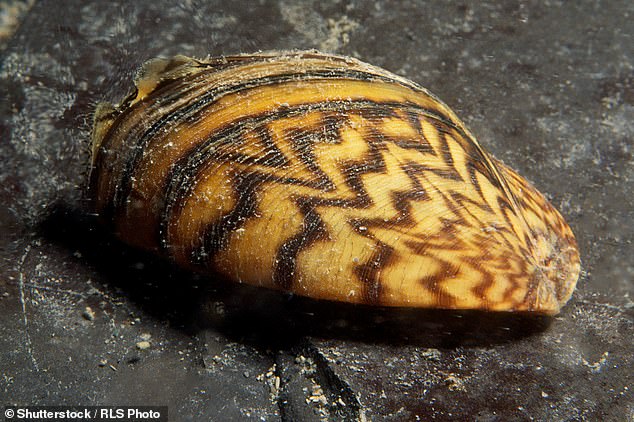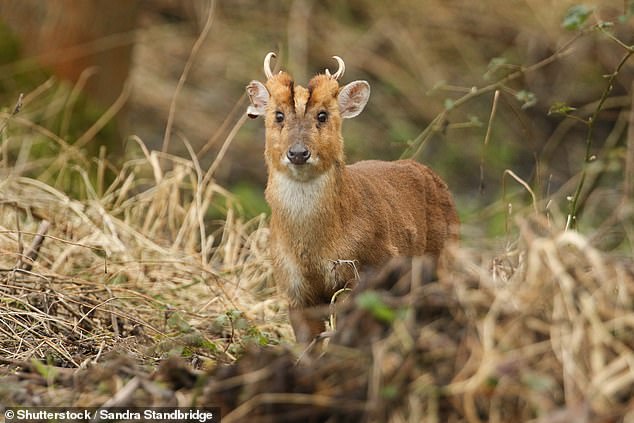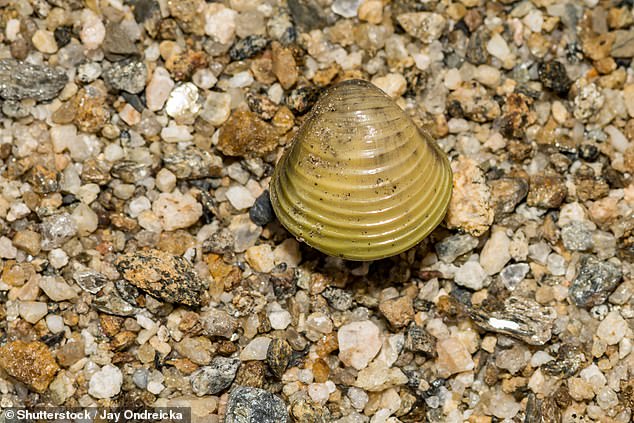‘Exotic’ species are likely to wreak havoc in Scotland over the next decade, it has been revealed
>
From Highland cows to puffins, Scotland is famous for its amazing wildlife.
But a new study warns that these species may face a new threat over the next decade: an influx of “alien” species.
Researchers from the UK Center for Ecology and Hydrology (UKCEH) and NatureScot have revealed the species most likely to wreak havoc in Scotland.
Raccoons, muntjac deer and mussels clogging water pipes are among 171 problematic species.
Stan Whittaker, specialist in invasive and non-native species at NatureScot, said: “Non-native invasive species pose a serious threat to Scotland’s nature, harm our environment, economy and health, and cost Scotland at least £499 million a year.”

Researchers from the UK Center for Ecology and Hydrology (UKCEH) and NatureScot have revealed the species most likely to wreak havoc in Scotland. Pictured: raccoon


You may notice that many of these species live in fresh water.
Scotland is already home to more than 1,000 invasive species, including the gray squirrel, Japanese weed and mink.
In their new study, the team set out to predict which “alien” species would be most likely to invade the country next.
In total, researchers identified 171 potential newcomers.
However, they say 10 species should be prioritized – pheasant tail, Asian oyster, zebra mussel, quagga mussel, Australian flatworm, Southampton flatworm, Conticia brown worm, Obama flatworm, driftwood, reef muntjac and parrot feathers. , raccoon, and highbush berries. and the mollusk Crepidula fornicata (note that the flatworms are grouped together as are mussels).
You may notice that many of these species live in fresh water.
“Scotland is considered particularly vulnerable because its river and lake ecosystems are already facing other pressures such as climate change, overexploitation, sewage, nutrient pollution and recreational activities that can exacerbate the impacts of non-native invasive species,” the researchers explained.
They highlight the non-native ruff as an example, which was introduced into Scottish waters as live bait by anglers in the early 1980s.
Their population soon exploded, leading to the rapid decline of the puan – a native species on which it feeds.


On the ground, the list notes that muntjac deer (pictured) and raccoons are potential problems. Researchers say muntjac deer can now be found across south-east England, and can damage trees and shrubs if they venture north.


You may notice that many of these species (pictured: Asian clam) live in freshwater. “Scotland is considered particularly vulnerable because its river and lake ecosystems are already facing other pressures such as climate change, overexploitation, sewage, nutrient pollution and recreational activities that can exacerbate the impacts of non-native invasive species,” the researchers explained.
With the recent promotion of tourism in northern Scotland, researchers warn there are increasing routes of introduction of invasive species via vehicles, boats, equipment and clothing.
On the ground, the list indicates that muntjac deer and raccoons are potential problems.
Muntjack deer can now be found across south-east England, and can damage trees and shrubs if they venture north, researchers say.
Meanwhile, if raccoons escape from zoos or private collections, they may prey on native species, spreading potentially fatal diseases — including rabies.
“The threat is increasing as international trade and travel grow,” Whittaker added.
“But we can all do something to help prevent these species from spreading by being mindful of plants and fertilizing invasive pond plants, such as floating pennywort and parrot feathers in our gardens, or by reporting sightings of mammals such as muntjac deer.”
Helen Roy, an environmental scientist at UKCEH, agreed that prevention was the best policy.
“Everyone can make a difference in preventing the introduction and spread of non-native invasive species,” she added.
(Tags for translation)dailymail
